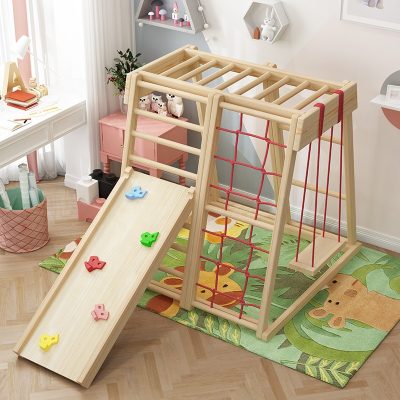Doll restoration is a fascinating and rewarding hobby that involves bringing antique or vintage dolls back to their former glory. It allows collectors, enthusiasts, and preservationists to not only enjoy the beauty of these historical artifacts but also to ensure their longevity for future generations. Here are some key aspects of doll restoration and how it helps bring history back to life:
- Preservation of Cultural Heritage: Many antique dolls are valuable artifacts that provide insights into the fashion, craftsmanship, and social norms of the time when they were made. Restoring these dolls preserves a piece of cultural history, allowing people to appreciate the craftsmanship and aesthetics of past eras.
- Bringing Beauty Back: Over time, dolls can become damaged, faded, or discolored. Doll restoration involves repairing and cleaning the doll to restore its original appearance. This process can reveal the doll’s intricate details and make it visually stunning once again.
- Educational Value: Restored dolls can be used for educational purposes. Museums, historical societies, and schools often use these dolls to teach history, fashion, and cultural studies. They serve as tangible artifacts that bring history to life for students and visitors.
- Skill and Craftsmanship: Doll restoration is a skilled craft that requires expertise in various areas, including cleaning, repairing, repainting, and restringing. Restorers often take great care to match the materials and techniques used during the doll’s original creation, showcasing their own craftsmanship.
- Historical Accuracy: Doll restorers research the specific time period and manufacturer of a doll to ensure that the restoration work is historically accurate. This attention to detail helps recreate the doll as closely as possible to its original state.
- Preserving Unique Features: Antique dolls often have unique features or markings that are valuable for identification and historical context. Restorers take care to preserve these features while repairing and enhancing the doll’s overall condition.
- Preventing Further Damage: Doll restoration isn’t just about beautifying dolls; it’s also about preventing further deterioration. Restorers repair any structural issues, such as broken limbs or missing parts, to ensure the doll’s integrity.
- Community and Collectors’ Interests: Doll restoration fosters a sense of community among collectors and enthusiasts. They often share knowledge, resources, and techniques, which helps expand the collective understanding of doll history and restoration.
- Emotional Value: Many dolls hold sentimental value for their owners, passed down through generations. Restoring these dolls can be an emotional journey, reconnecting people with their family’s history and cherished memories.
- Environmental Conservation: By restoring dolls, collectors and restorers contribute to environmental conservation by extending the life of these objects and reducing the demand for new dolls, which often involve the use of plastic and other resources.
Doll restoration is a labor of love that combines artistry, historical research, and craftsmanship. It allows people to appreciate the beauty and historical significance of dolls from different eras and cultures, ensuring that these tangible pieces of history continue to be cherished and understood for generations to come.



















